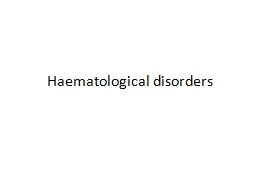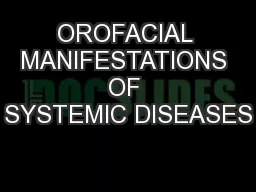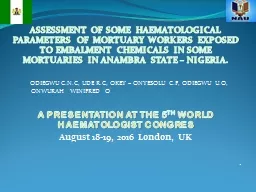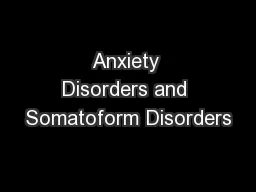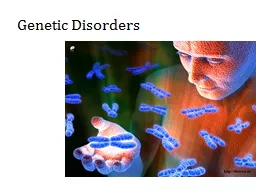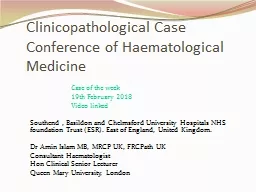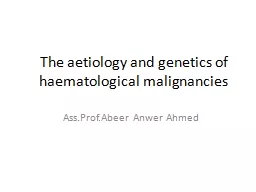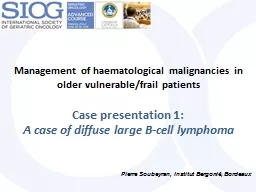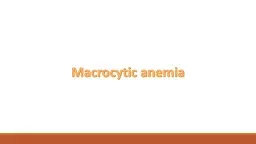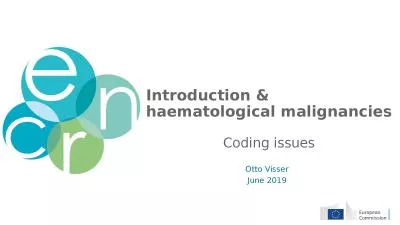PPT-Haematological disorders
Author : Soulmate | Published Date : 2022-08-01
Anaemia Decreased Hb level Male Female RBC count million μ l 456 45 Haemoglobin level gdl 1316 1215 Hematocrit 4050 3545 Normal values for Hb RBC count hematocrit
Presentation Embed Code
Download Presentation
Download Presentation The PPT/PDF document "Haematological disorders" is the property of its rightful owner. Permission is granted to download and print the materials on this website for personal, non-commercial use only, and to display it on your personal computer provided you do not modify the materials and that you retain all copyright notices contained in the materials. By downloading content from our website, you accept the terms of this agreement.
Haematological disorders: Transcript
Download Rules Of Document
"Haematological disorders"The content belongs to its owner. You may download and print it for personal use, without modification, and keep all copyright notices. By downloading, you agree to these terms.
Related Documents

